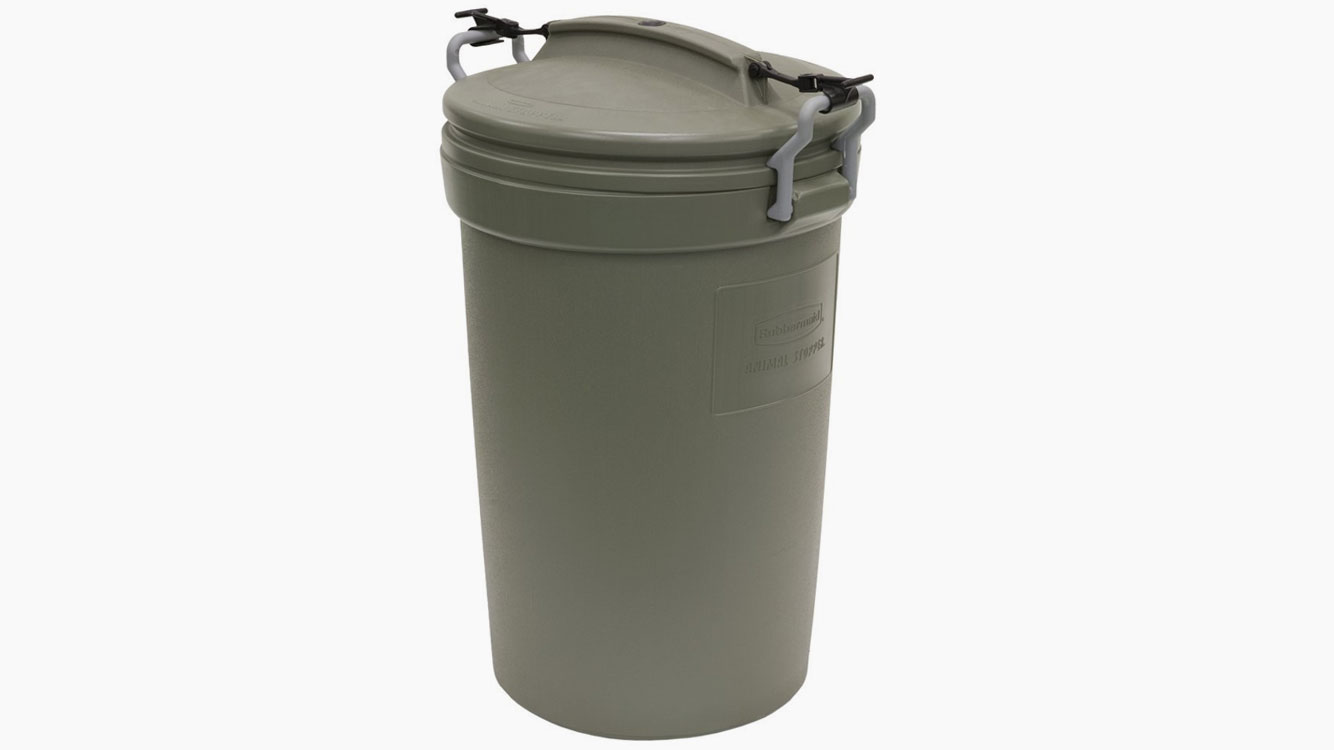

- #Trash cans babyproof how to#
- #Trash cans babyproof install#
- #Trash cans babyproof update#
- #Trash cans babyproof full#
Teach a child about the dangers of heat from an early age.Ensure you keep these areas child proof by installing suitable locks or latches – click here to view options Bathroom Cabinets and Drawers can be hazardous, as we normally tend to store cleaning materials and toiletries in these cabinets/drawers.You will however first need to purchase a toilet brush that is stored away in its own holder/container. What would give a kid the urge to suck on a toilet brush? …Well, it happens, just you wait for it…The Baby Proof Toilet Brush Velcro Latchis a simple yet effective way to secure the toilet brush in its holder. Trust me you do not want a toilet brush anywhere near your child’s mouth. That toilet brush that you keep close to the toilet is just crawling with germs.If your toddler has a tendency to unravel the toilet roll, simply put an elastic band around the toilet roll – refer to image below, or store the toilet roll out of reach.Invest in a high quality potty training seat.
#Trash cans babyproof install#
Install a toilet lock to prevent children from getting into the toilet, flooding the house, harmful bacteria, flushing random objects, precious pets and devices down the loo.Put non slip mats in bathtub and on the floor next to the tub.Ensure that no electrical appliances are taken near water.Never, ever leave a baby in the tub unsupervised, not even for a few seconds.Always run the cold tap first, and then add hot water to a bath.This will also help save on souring electricity bills. Set geyser to a temperature between 50 & 55 degrees Celsius.Never leave the hot tap running unattended.Use warm, not hot, water (use a bath thermometer to make sure water is 35 to 37 degrees Celsius.).Fill tub just enough to cover baby’s legs (6 to 10 cm’s of water).Children should never be left unsupervised in the bathroom.
#Trash cans babyproof how to#
Therefore – without making your child’s environment a safe one getting up to date on safety learning how to administer CPR & keeping emergency numbers in accessible places at all times – even a well trained & experienced paramedic has little hope of saving a child’s life. This means 75% of your child’sĬhances of survival fall into your or your child minders hands.

#Trash cans babyproof full#
#Trash cans babyproof update#
Update these numbers regularly by phoning & checking that they exist however trying not to hold up the lines in case of a real emergency incoming call.

This simple exercise will really help you recognize the dangers that exist for children & you’ll be well on your way to a healthy & safety conscious frame of mind. Getting down on all fours helps us see the world in a new way & opens up our eyes to potential dangers we may not have thought about. We, as adults take a lot of things in our home for granted, because we have learnt to handle them. Then crawl around on your hands and knees to see if you’ve missed anything. Use this checklist to help you prepare for a toddler who can go from here to there in the blink of an eye. A crawling baby will soon start pulling up too, which means counters and other surfaces are no longer out of reach. On average, babies start to crawl at 8 months, which means many get moving even earlier. BABY SAFETY CHECKLIST BEFORE YOUR BABY STARTS TO CRAWL


 0 kommentar(er)
0 kommentar(er)
